Europe has long been synonymous with producing beautifully crafted coupes that captivate car enthusiasts with their blend of style and soul. These cars are more than just vehicles; they are icons that have made a lasting impact on automotive history. Here are seven European coupes that have left an indelible mark on the world of cars.
Alfa Romeo GTV
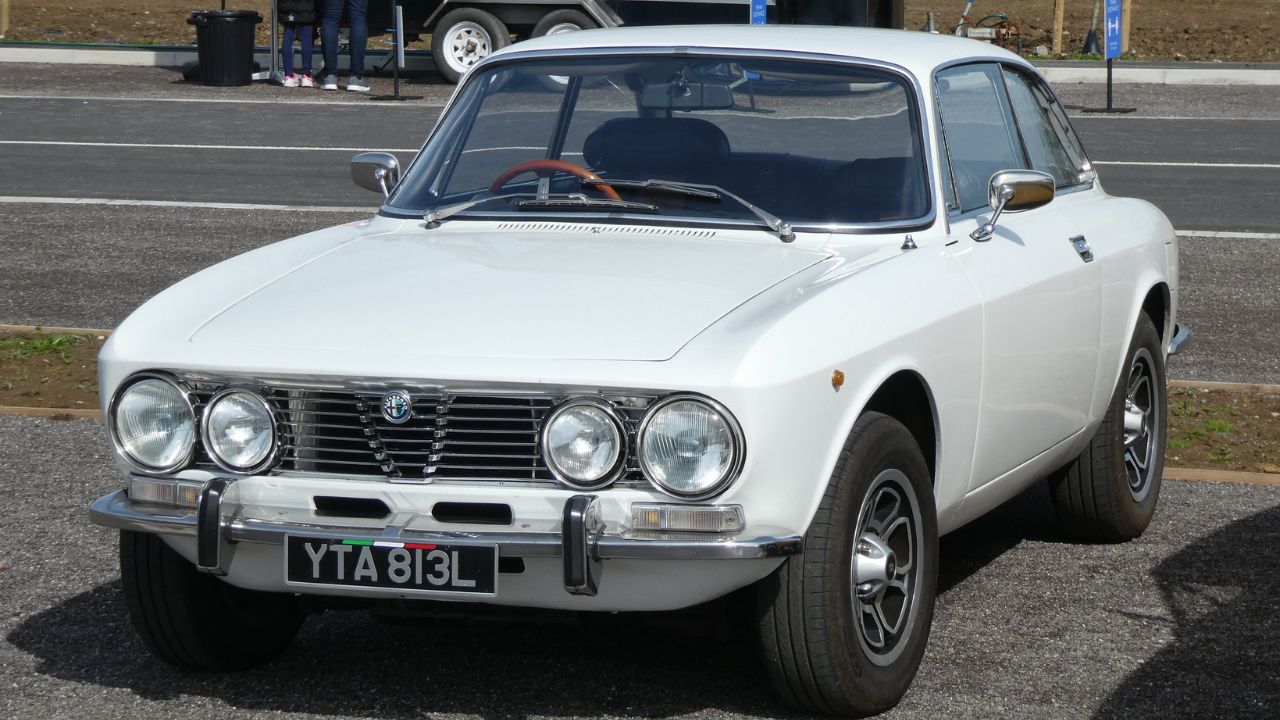
The Alfa Romeo GTV, particularly the models produced in the late 60s and 70s, is a testament to Italian engineering and design prowess. With its sleek Bertone styling, the GTV became an instant classic, beloved for its perfect balance of elegance and performance. The 2000 GTV, with its 2.0-liter engine, offered a spirited driving experience that still draws admiration today.
Inside, the GTV was just as impressive, featuring a driver-focused cockpit and high-quality materials that exuded class. Its nimble handling and responsive steering made it a joy to navigate winding roads, earning it a special place in the hearts of Alfa Romeo fans worldwide.
BMW E9
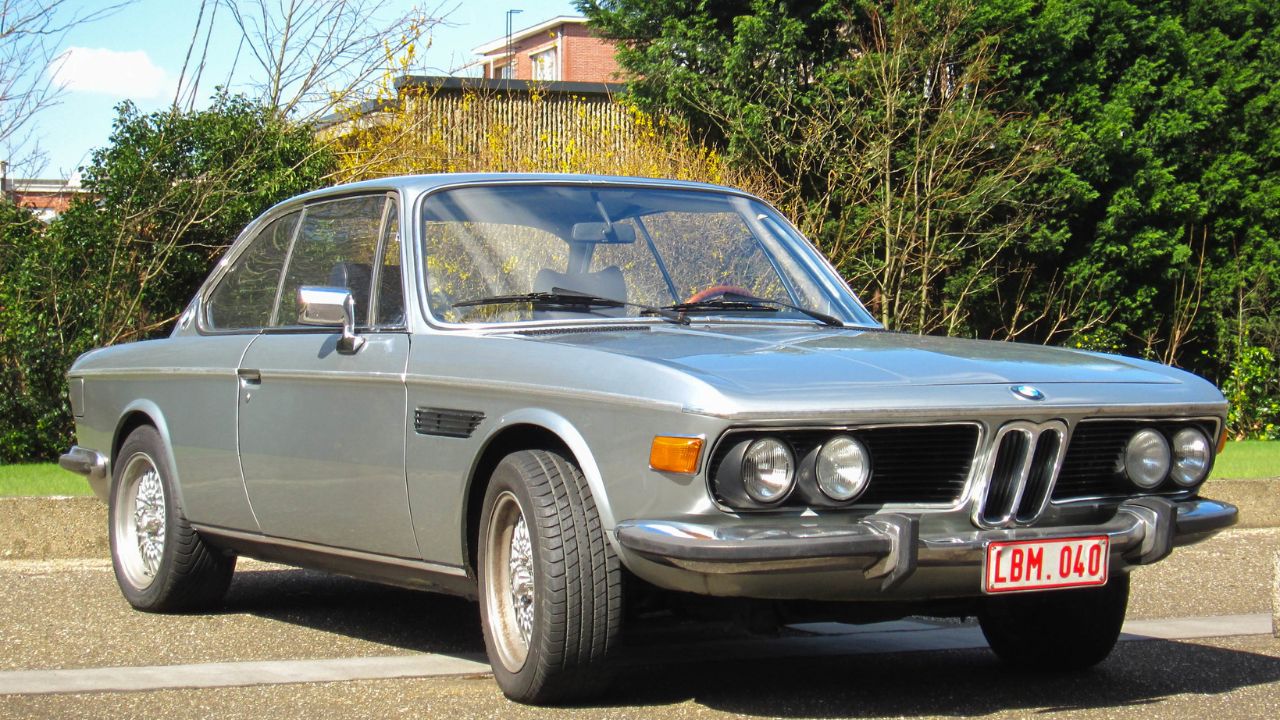
Produced from 1968 to 1975, the BMW E9 series was a revelation in the world of luxury sports coupes. Notably, the 3.0 CSL model, often referred to as the “Batmobile” due to its aerodynamic body kit, became a legend both on and off the racetrack. The E9’s elegant lines and powerful engines combined to create a car that was as dynamic as it was beautiful.
The interior of the BMW E9 was no less impressive, offering a spacious and luxurious environment that was ahead of its time. The combination of wood trim and leather upholstery provided a premium feel, while the advanced engineering under the hood ensured that the E9 was more than just a pretty face.
Lancia Fulvia Coupe
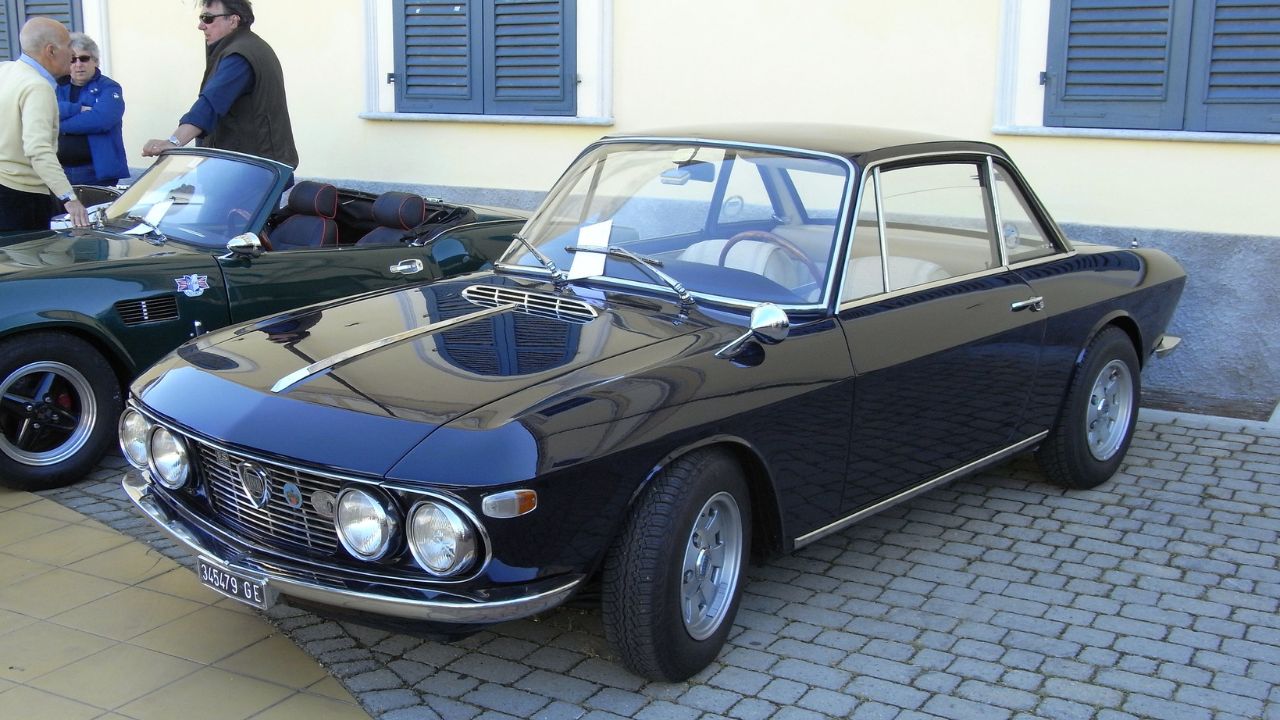
The Lancia Fulvia Coupe, introduced in 1965, is often celebrated for its innovative engineering and striking design. The car’s narrow-angle V4 engine and front-wheel-drive setup were unconventional at the time but contributed to its agile handling and impressive rallying success, including a win at the 1972 International Championship for Manufacturers.
With its crisp lines and balanced proportions, the Fulvia Coupe was a departure from the norm, offering drivers a unique blend of style and performance. Its success on the rally circuit and its timeless design have made it a beloved classic among collectors and enthusiasts alike.
Jaguar XK120
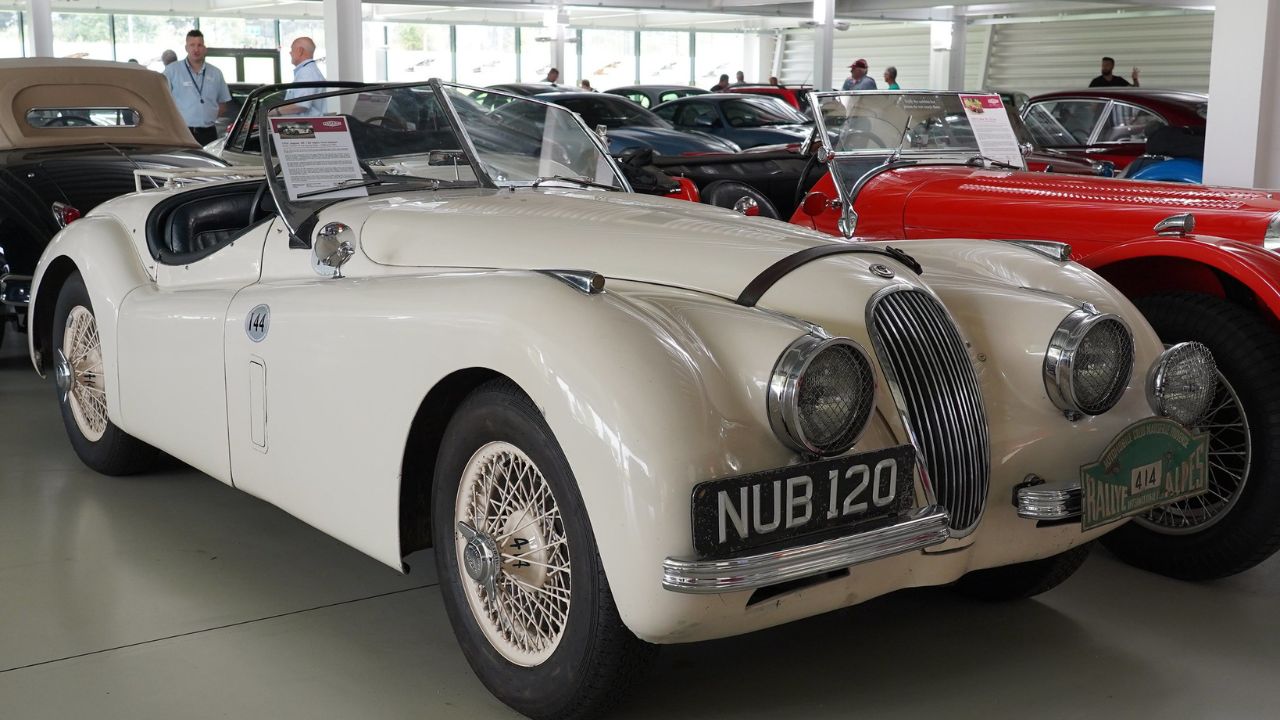
When the Jaguar XK120 was unveiled in 1948, it immediately captured the world’s attention with its stunning looks and record-breaking speed. With a top speed of 120 mph, it was the fastest production car of its time, living up to the “120” in its name. Powered by a 3.4-liter inline-six engine, the XK120 offered exhilarating performance in a package that was both elegant and modern.
The XK120’s influence extended beyond the racetrack, with its flowing lines and curvaceous body setting a new standard for automotive design. Its legacy continues today, as it remains one of the most celebrated and sought-after classic cars.
Porsche 911
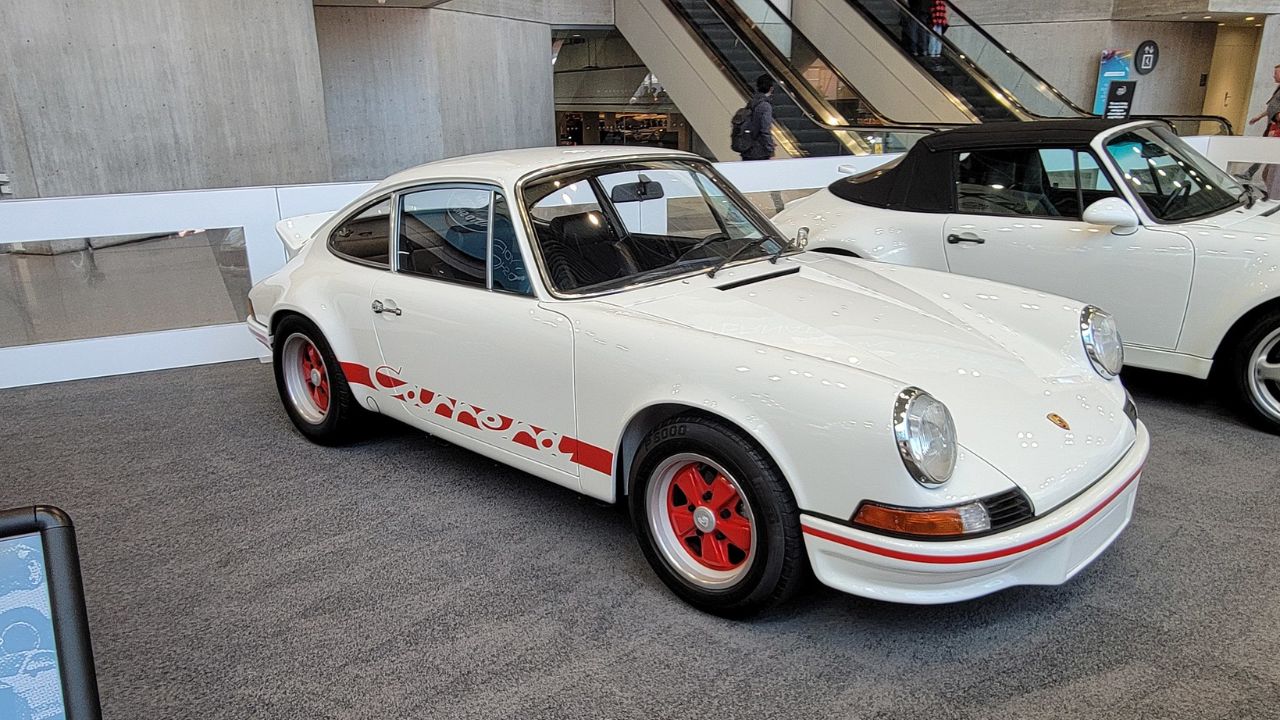
The Porsche 911 is arguably one of the most iconic sports cars ever made, with a history that spans more than five decades. Introduced in 1964, the 911’s distinctive silhouette and rear-engine layout have remained consistent, even as the car has evolved technologically. Models like the 911 Carrera RS 2.7 from 1973 have become legendary for their performance and handling.
Beyond its racing pedigree, the 911 is known for its everyday usability, blending high performance with comfort and practicality. This duality has made it a favorite among driving enthusiasts who seek a car that can do it all.
Aston Martin DB4
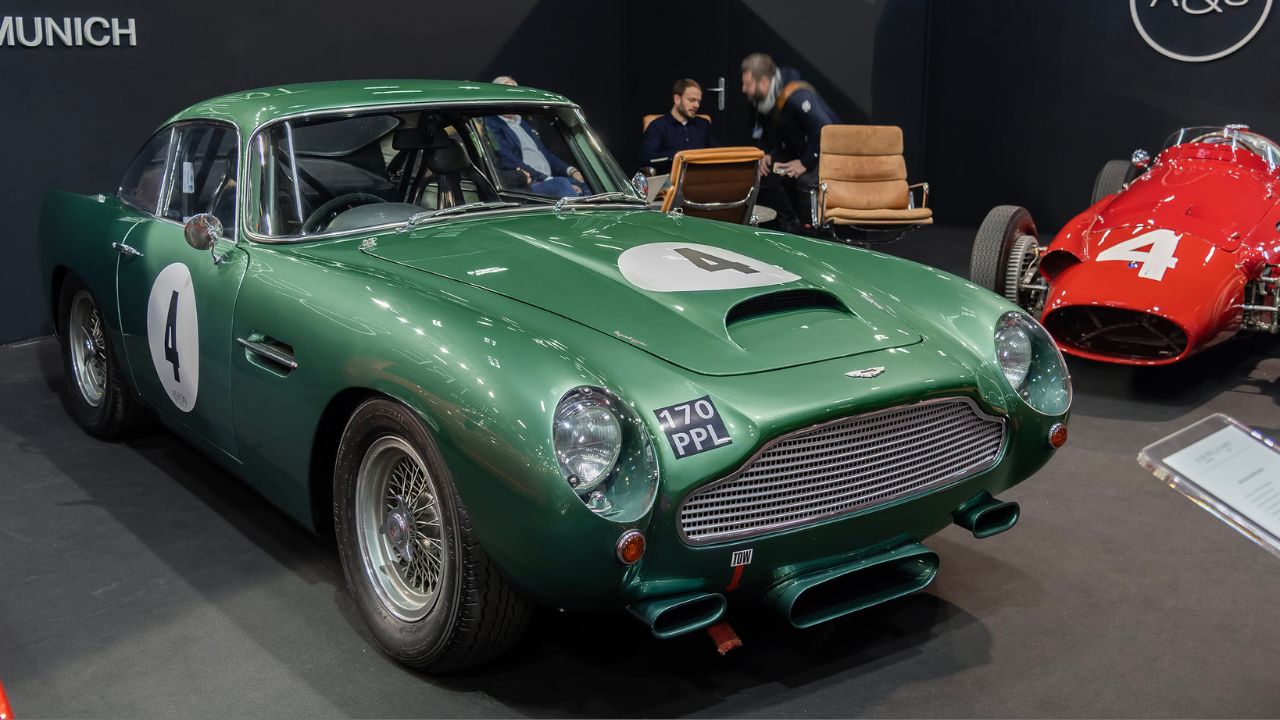
The Aston Martin DB4, produced between 1958 and 1963, is a quintessential British grand tourer that combined elegance with power. Its sleek and muscular design, penned by Carrozzeria Touring of Milan, set the stage for future Aston Martins. The DB4’s 3.7-liter engine delivered robust performance, making it a formidable presence on the road.
Inside, the DB4 offered a luxurious experience, with its handcrafted interior and attention to detail. This commitment to quality and performance ensured that the DB4 was not just a car, but a statement of sophistication and style. Its legacy continues to influence Aston Martin’s design philosophy today.
Citroën SM
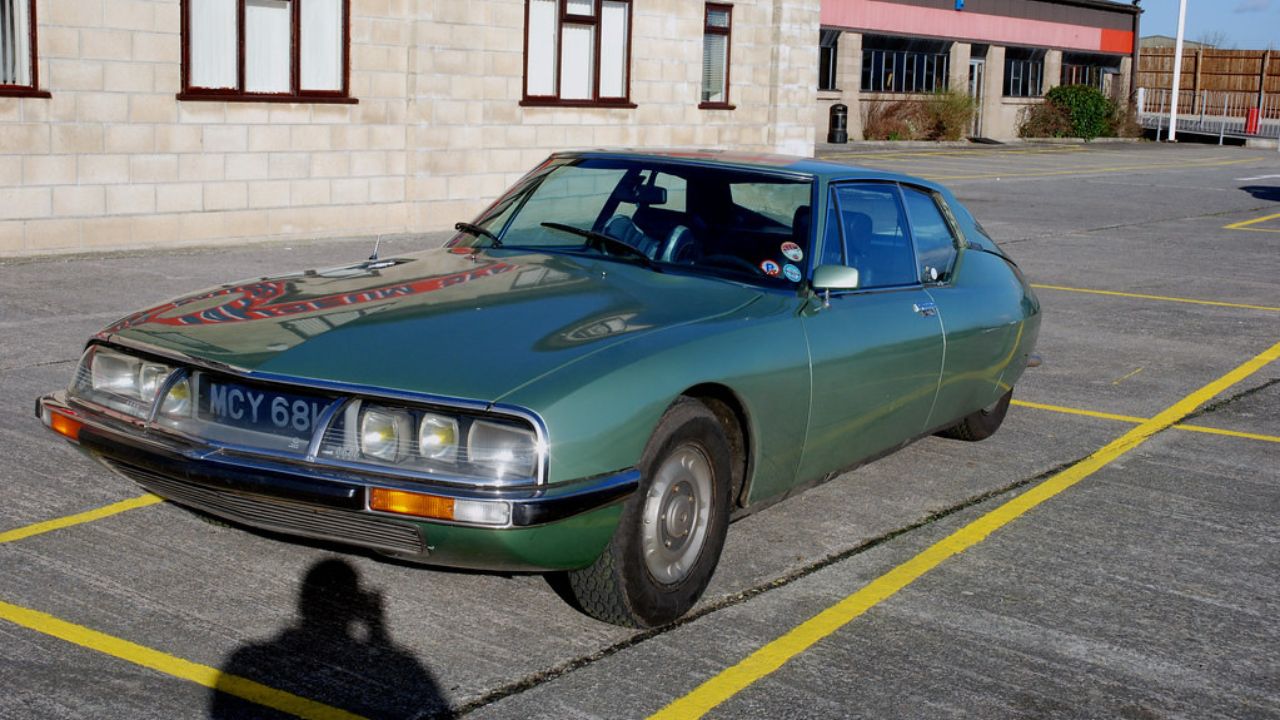
The Citroën SM, launched in 1970, was a bold departure from conventional automotive design, showcasing Citroën’s flair for innovation. With its futuristic styling and advanced technology, including a hydro-pneumatic suspension and a Maserati V6 engine, the SM offered a unique blend of comfort and performance.
The SM’s distinctive design and cutting-edge features made it a standout in the luxury coupe segment, offering drivers an unmatched driving experience. Its influence can still be seen in Citroën’s commitment to pushing the boundaries of automotive design and engineering.
Like Fast Lane Only’s content? Be sure to follow us.
Here’s more from us:
*Created with AI assistance and editor review.

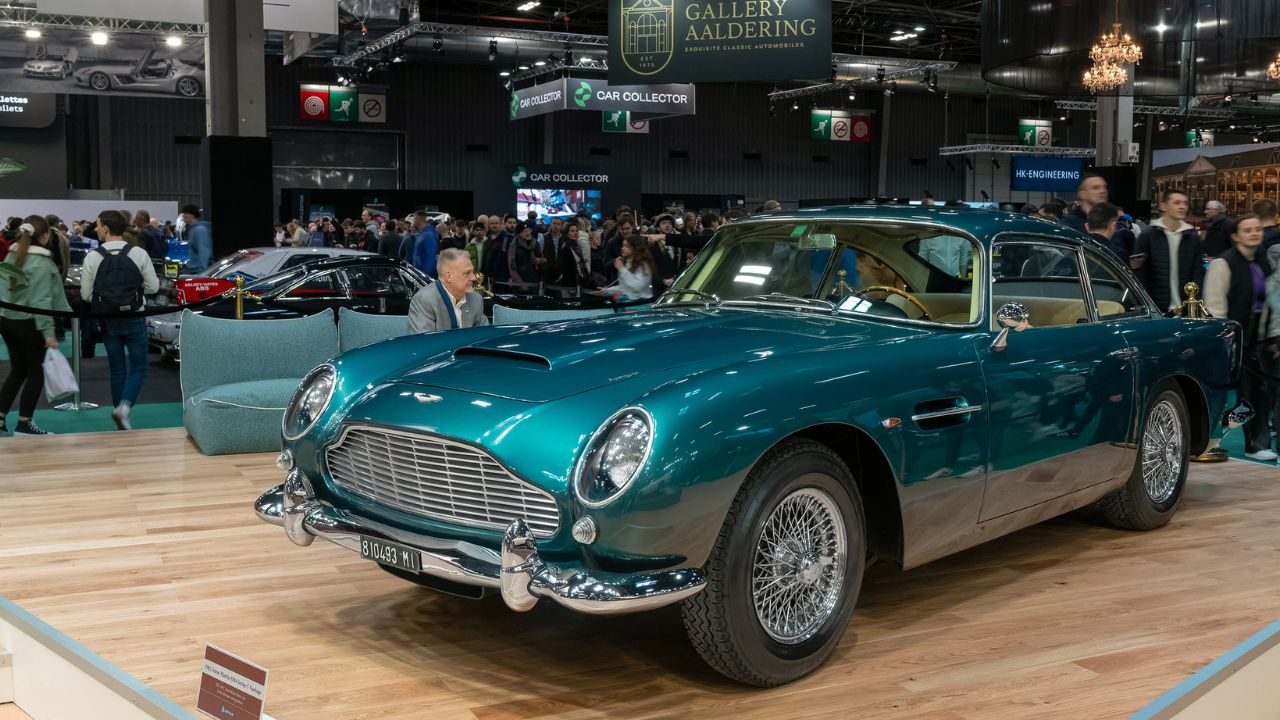
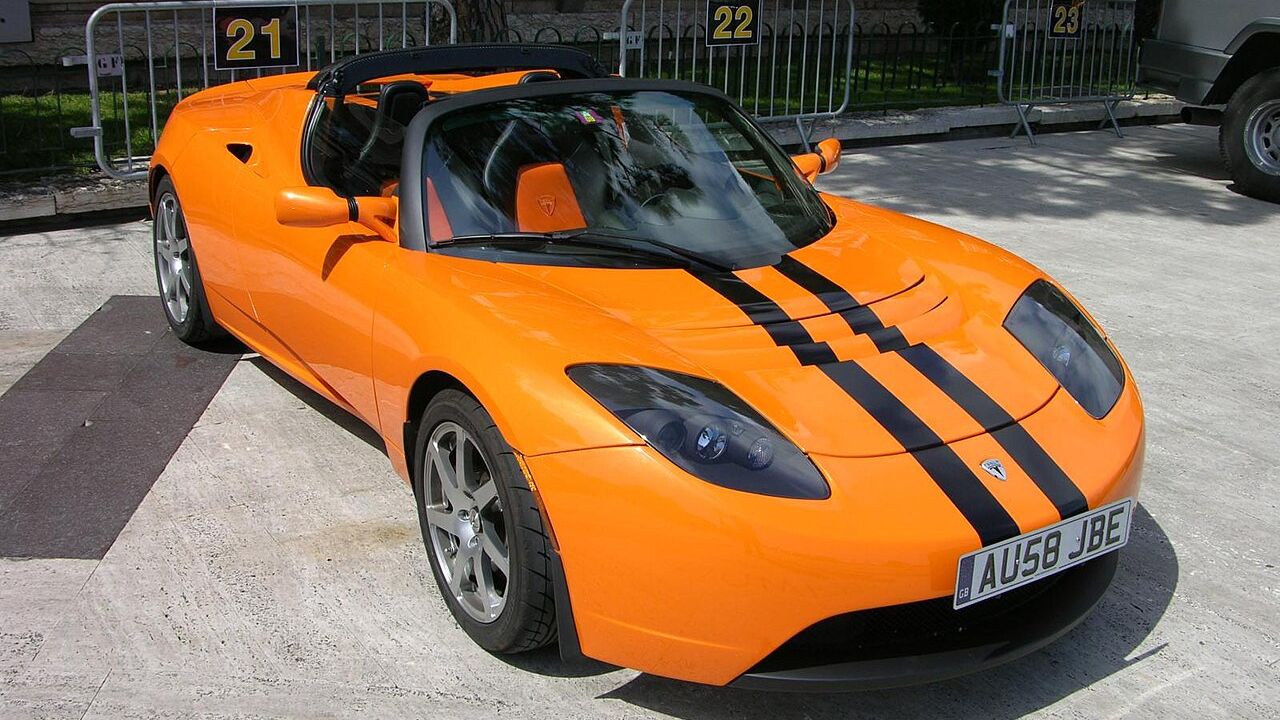
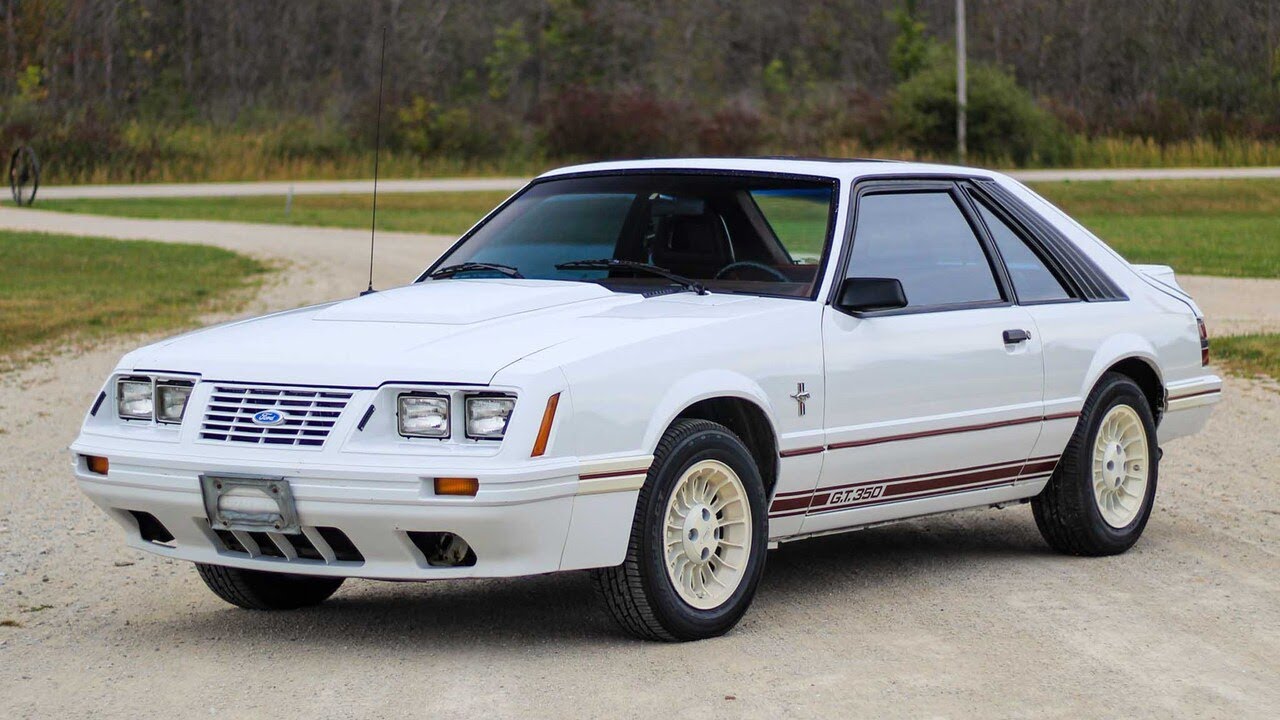

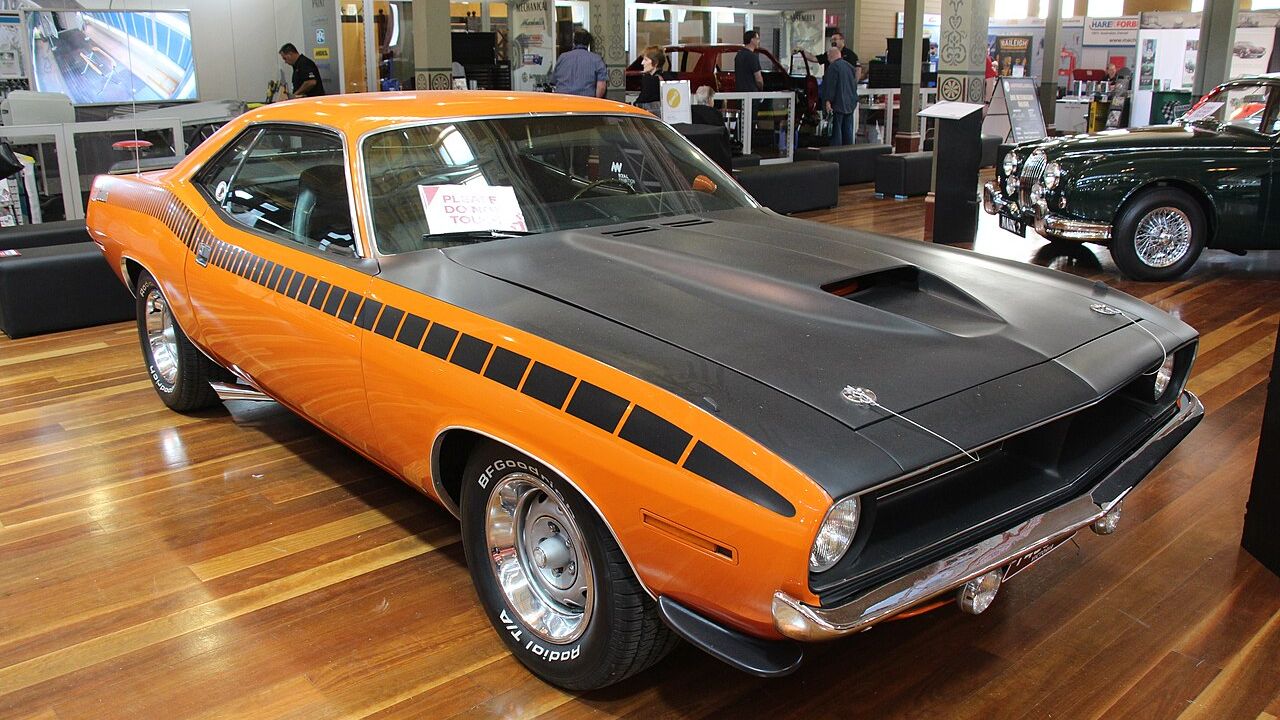
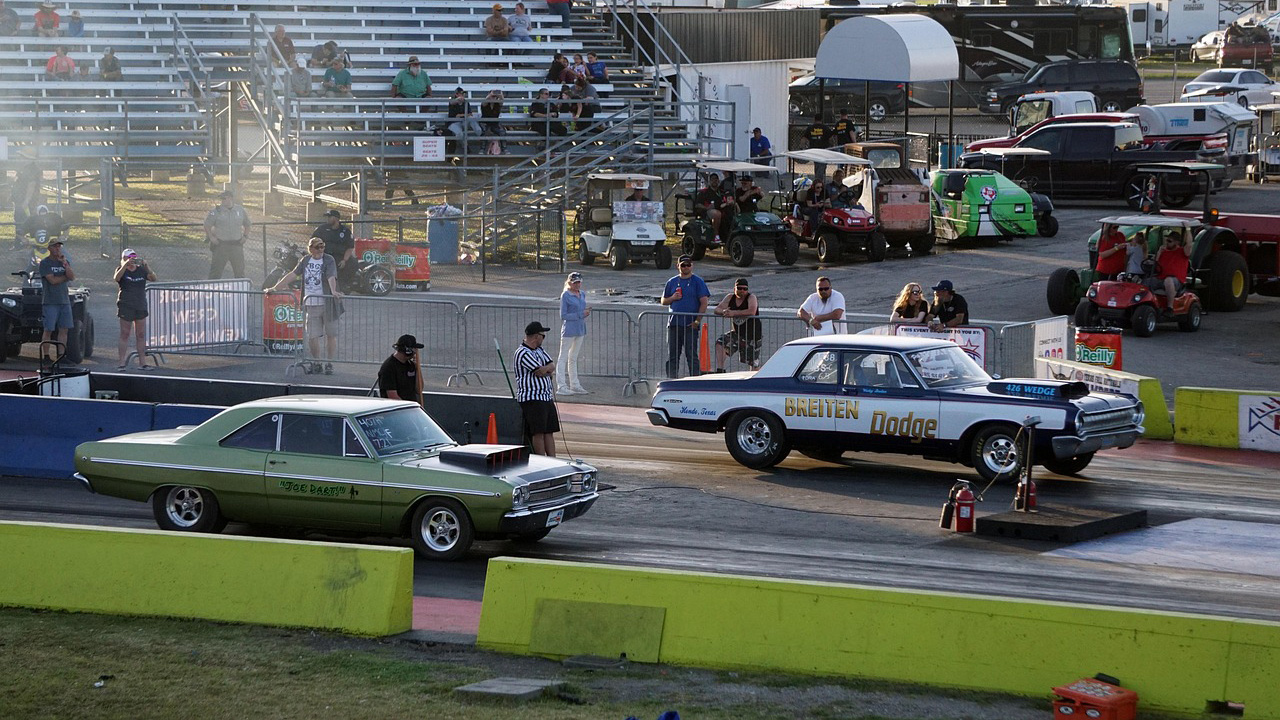
Leave a Reply